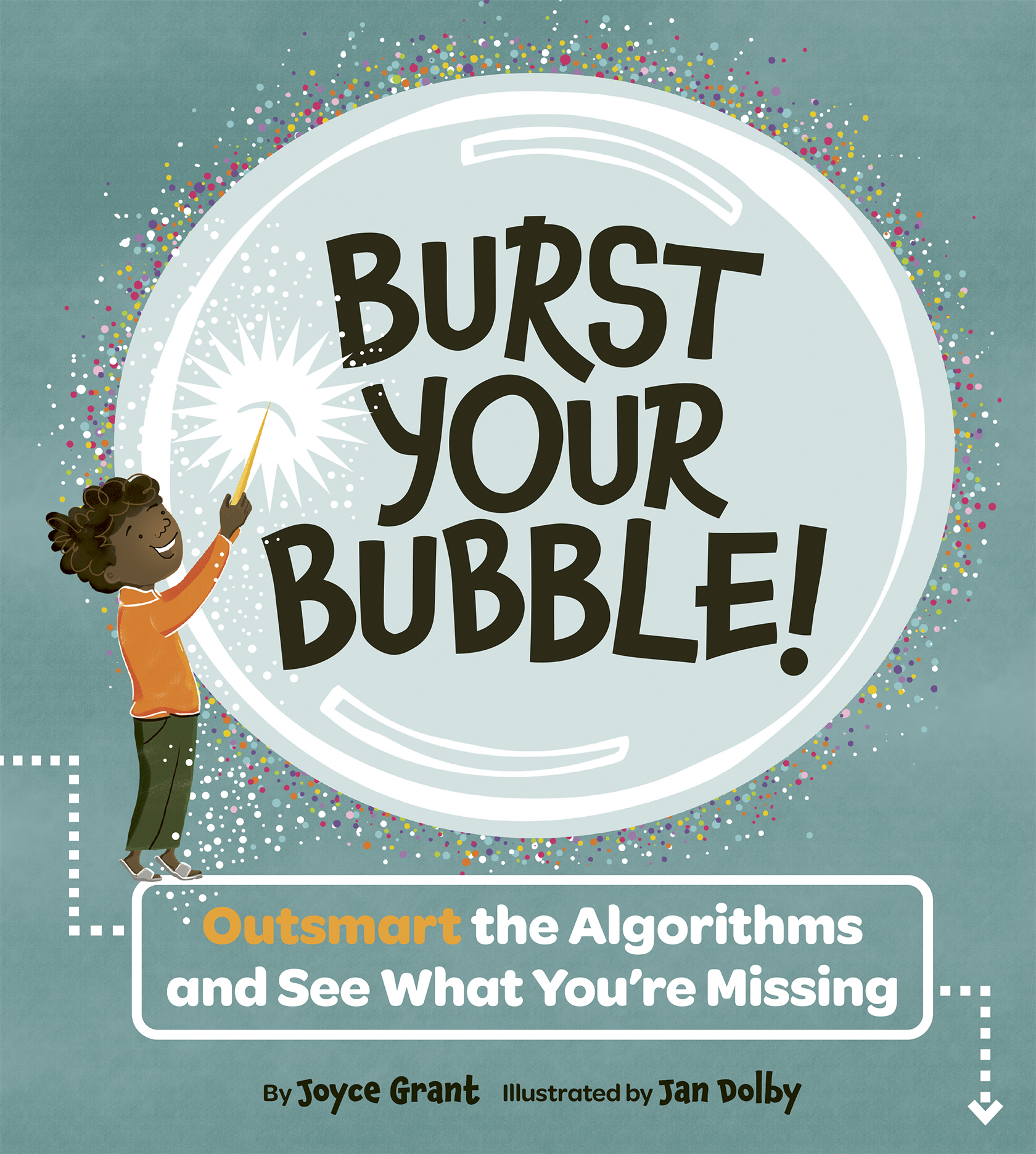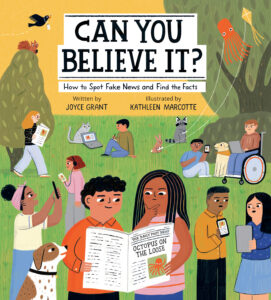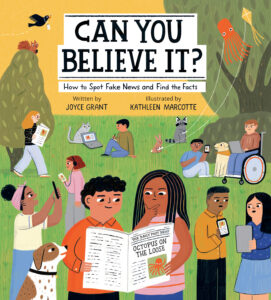
Astronauts on the International Space Station (ISS) may soon be able to turn their used forks and knives into tools and satellite parts.
Tethers Unlimited Inc., an aerospace technology company, has developed a system that combines a waste recycling machine with a 3D printer.
Astronauts will put waste items made of plastic into the recycling machine, called the Positrusion Recycler. When they press a button, the Recycler will sterilize and melt down the plastic and turn it into 3D filament. (In this case, filament means a type of plastic thread used in 3D printers.)
The filament will be used in a 3D printer on the ISS – called the Refabricator – to make tools, spare parts and satellite components.
The waste will come from packaging materials, food containers, trays and eating utensils used on the ISS. Astronauts currently use disposable wet wipes to clean their food containers and utensils. The used wipes are stored as trash, and replacement wipes must be sent up to the ISS on cargo missions.
By recycling old food containers and utensils, astronauts will reduce the amount of trash they produce. (To get rid of trash from the ISS, astronauts load it into empty cargo capsules and release it into space. The capsules burn up when they enter Earth’s atmosphere.)
Turning trash into useful new items will also help NASA save money because astronauts will need fewer supplies. It costs about $6,000 for every kilogram launched into orbit.
These benefits will be even more important for longer missions in the future – such as the two-year journey to Mars. Astronauts will be able to recycle old waste materials into new tools and parts as they need them.
Tethers has successfully tested the system in its laboratory. They will test it on the ISS in early 2017. The company is also developing a version of the system for use here on Earth.
Related Links
Scroll down a bit on Tethers’ website to find an informative paragraph on this program: http://www.tethers.com/News.html
Here’s a really interesting YouTube video of a 3D printer in action, with an explanation of how they work:
CURRICULUM CONNECTIONS
By Kathleen Tilly
Writing/Discussion Prompt
In the video, the interviewer exclaimed, “Wow! This changes everything!” when he was talking about the 3D printer. What does he mean? What does it change for astronauts in space and the space program? What does it change for people here on earth?
Reading Prompt: Variety of Texts
When you read the article about 3D printing in space, what information did you gain? What questions were left unanswered?
After you watched the video about 3D printing, did you gain a better or different understanding of 3D printing? How did this medium (a video) change your understanding?
Junior and Intermediate
Read a variety of texts from diverse cultures, including literary texts, graphic texts and informational texts (OME, Reading: 1.1).
Language Feature: Synonyms
Synonyms are words that sound different but have a similar meaning. For example, utensils, cutlery, silverware, flatware, and tableware are all synonyms.
What are synonyms for the following words:
1. animal
2. clothing
3. happy
4. car
5. read
6. night
7. Autumn
8. raining
9. red
10. build








